In Your Neighborhood: University City
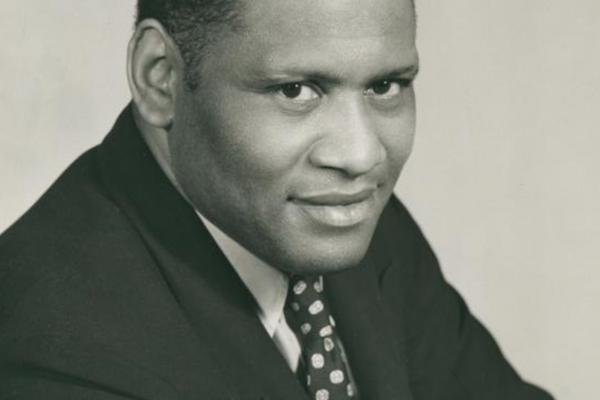
Three heroic Civil Rights icons—Paul Robeson, Malcolm X, and Dr. Martin Luther King Jr.—left formidable imprints on West Philadelphia. These biographies sketch out their lives and contributions, emphasizing their common ground as precursors to Black Lives Matter movement and the 1619 Project.
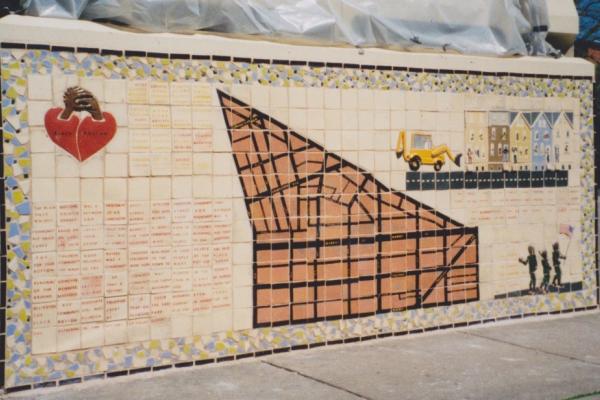
This story collection traces a sixty-year process of urban renewal on the site that once was the heart of West Philadelphia’s Black Bottom. Over this span of time, urban renewal on this site has been cyclic and replete with irony.
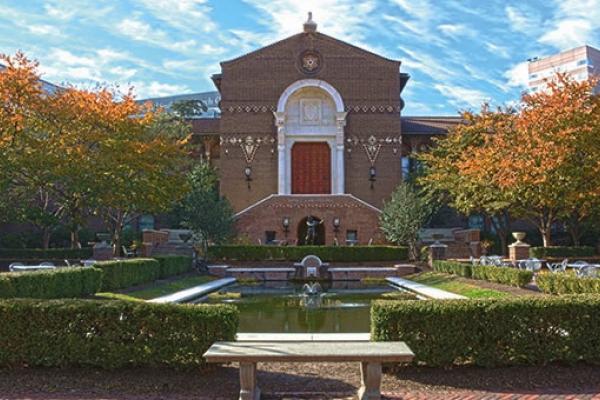
Students of anthropology at the University of Pennsylvania contribute articles about uses of land acquired from the Blockley Almshouse for scientific purposes at the turn of the twentieth century.
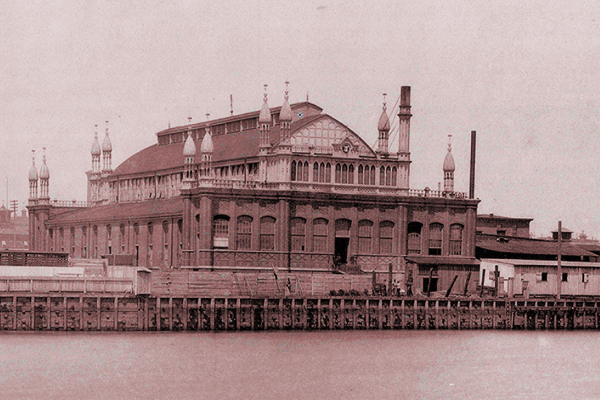
The last quarter of the nineteenth century saw the development of licensed centralized slaughterhouse operations on the west bank of the Schuylkill, both on and near the present site of Amtrak’s 30th St. Station.
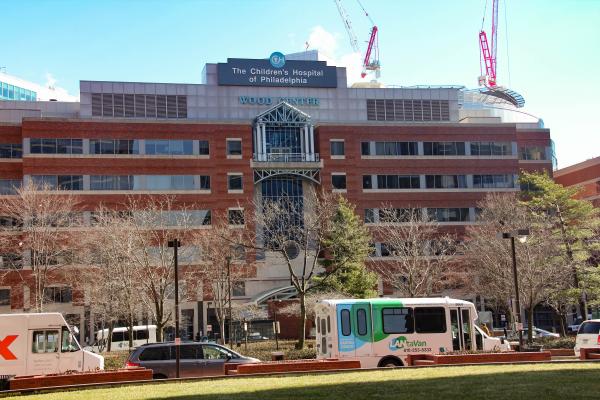
PGH’s closing in 1977 unleashed a bidding war for the leveled site that was eventually won by a consortium that included Penn, Children’s Hospital of Philadelphia (CHOP), Children’s Seashore House, and the Veteran’s Administration. The consortium, called the PGH Development Corporation, built the Philadelphia Center for Healthcare Sciences, a complex of seven new buildings on the former PGH property.

In the first half of the twentieth century, the Blockley Almshouse farmed out its almshouse services and its “lunatic asylum” and recast itself as the Philadelphia General Hospital, whose clinical services significantly improve after the Second World War.
In 1872, the University of Pennsylvania relocated its small campus from the central City to Blockley Almshouse property that the City deeded to the University.
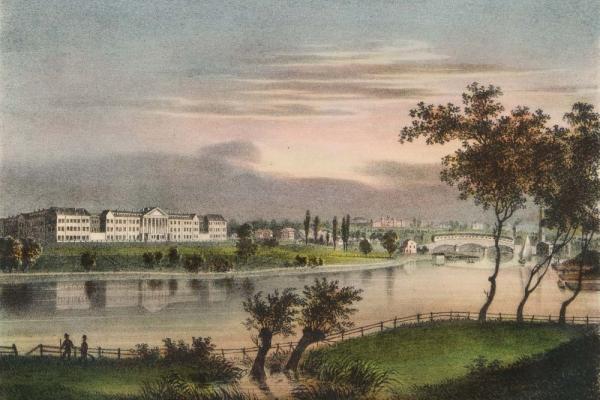
In 1834, Philadelphia relocated its almshouse (poorhouse) to Blockley Township in West Philadelphia, to a hilltop environ above the Schuylkill River; by 1854 the site included a swath of new buildings for indigent housing, workshops, and hospital facilities, including an insane asylum.
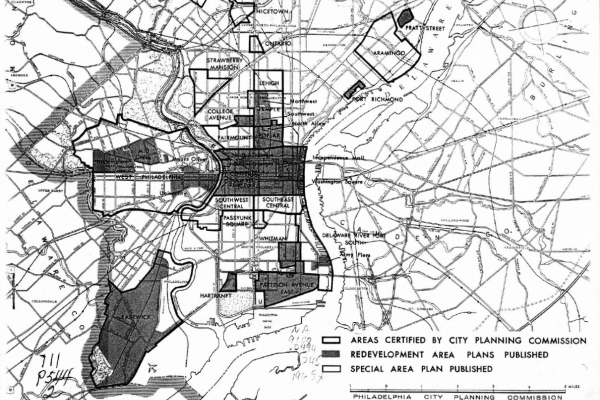
Following World War II, urban renewal provided the resources for city officials and developers to create dramatic changes to the physical and social landscape of West Philadelphia.
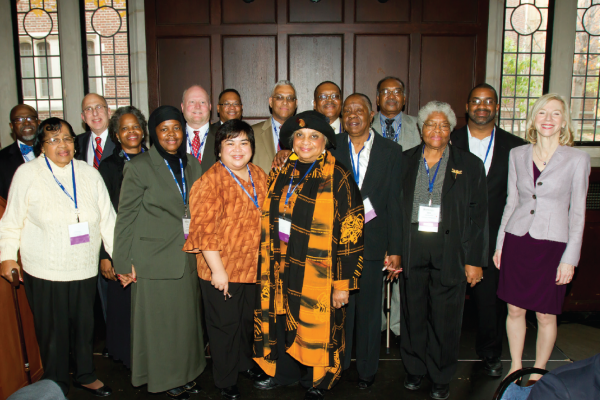
The Netter Center for Community Partnerships is the centerpiece of Penn’s quarter-century effort to establish mutually beneficial university–community–public school partnerships in West Philadelphia.